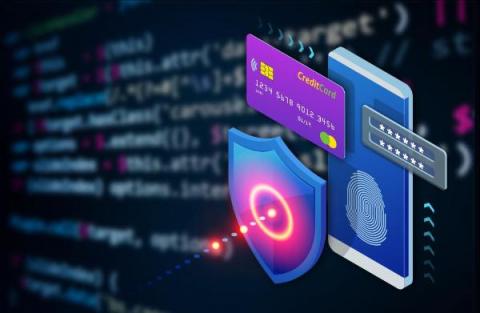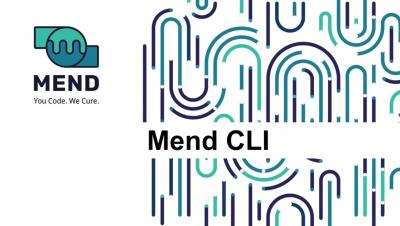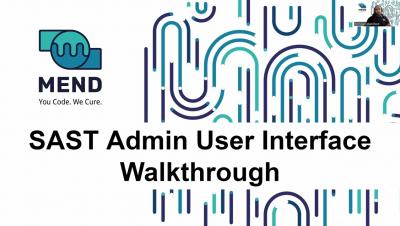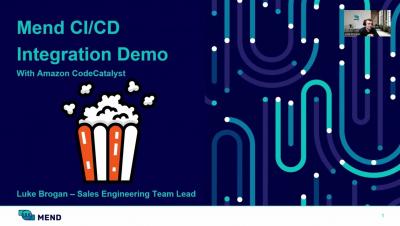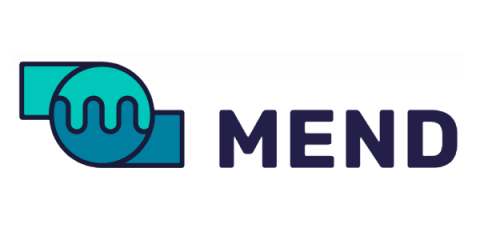More Security. Less Tool Switching
“Well, yeah, I can give the devs a new security tool, but I can’t make them use it.” I was mid-way through dinner with an old college friend when he dropped this into the conversation. I’d told him I wanted to pick his brain about security issues and tools, but told him no matter what, I wouldn’t start to deliver a pitch. Well, I kept my promise, but I think I must have given my tongue a bruise from biting it.




